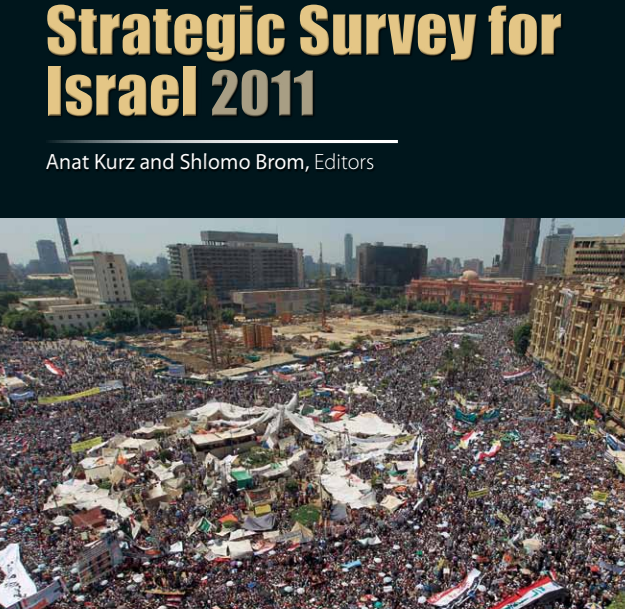Publications
in Strategic Survey for Israel 2010, eds. Shlomo Brom and Anat Kurz, Tel Aviv: Institute for National Security Studies, 2010

Middle East states continue to figure among the world’s leading arms customers. However, executions of arms deals are slow processes, and changes in the military capacities of states rarely occur overnight. As such, trends in arms acquisitions presented in previous recent INSS annual publications are still valid. These include: acquisition of the most advanced and sophisticated weapon systems, primarily by oil-rich countries; efforts to develop indigenous military industries; and reduction of expenses by upgrading older weapon systems instead of buying new ones. The non-oil-rich countries in the region that do not receive security assistance from the US cannot participate in the advanced weaponry market. Instead, they tend to adopt asymmetrical doctrines that enable them to balance the technological advantages of their rivals. They rely more and more on guerilla warfare and terrorism on the one hand, and on strategic capability achieved by acquisition of ballistic missiles, artillery rockets, and weapons of mass destruction on the other. Non-state actors such as Hizbollah and Hamas continue to develop semi-regular military forces with large inventories of artillery rockets, as well as anti-tank and anti-aircraft capabilities


